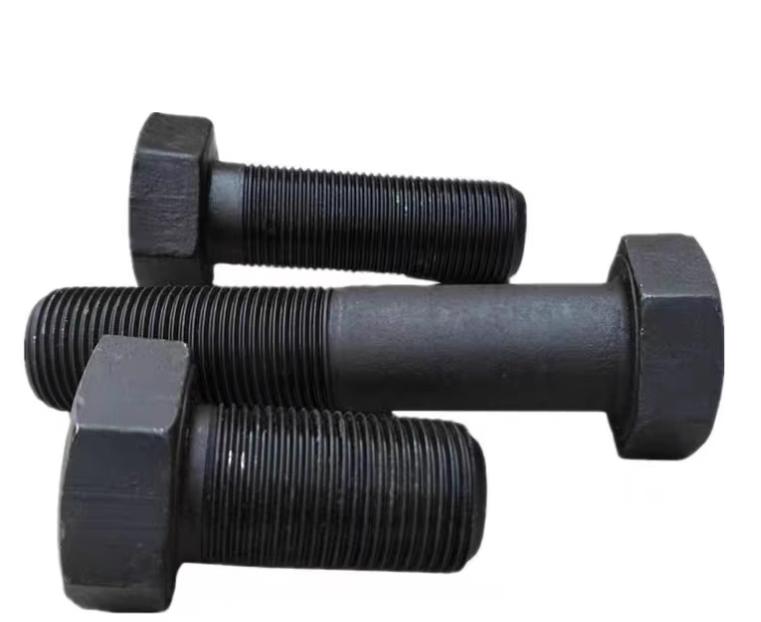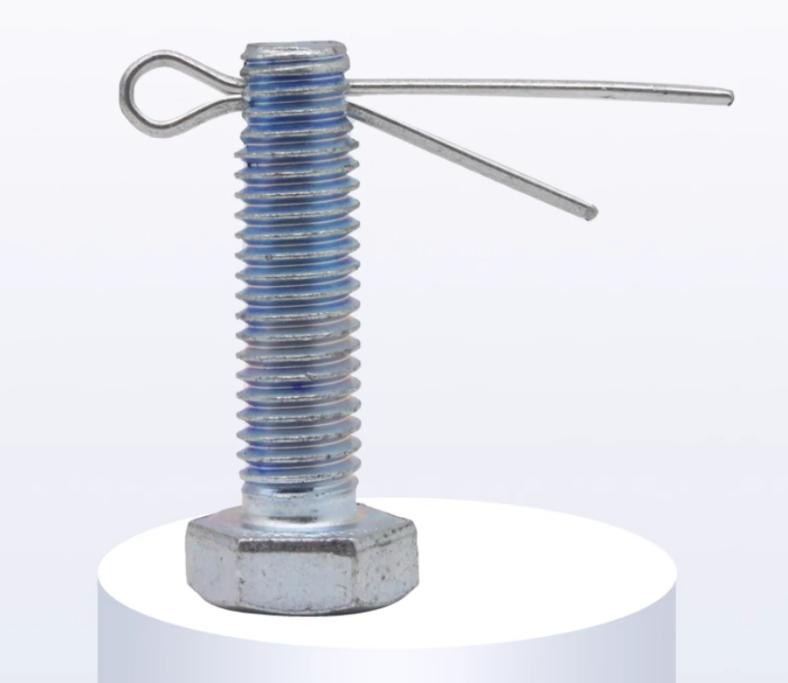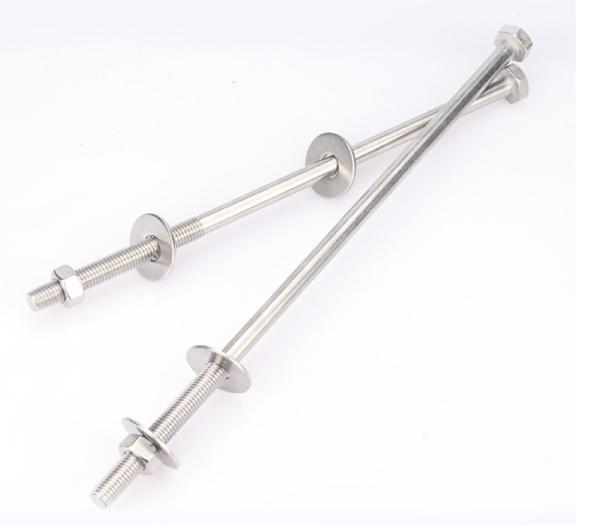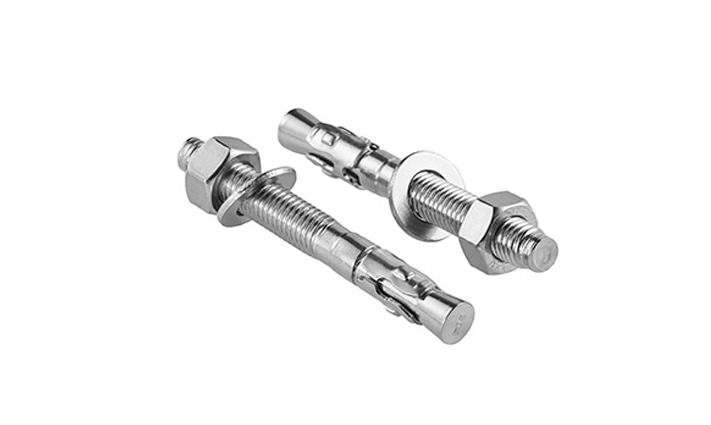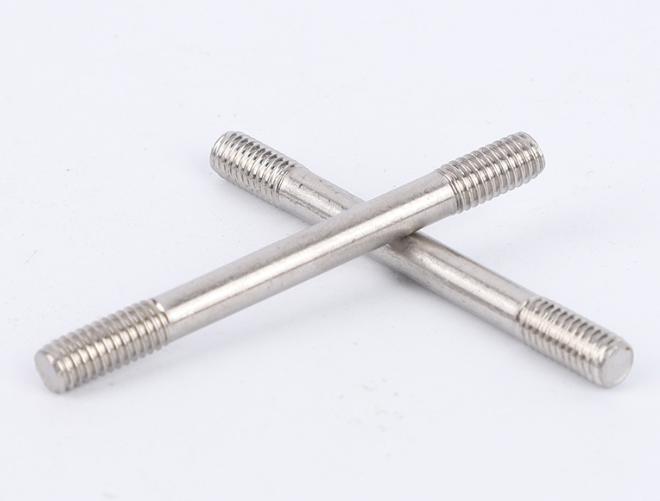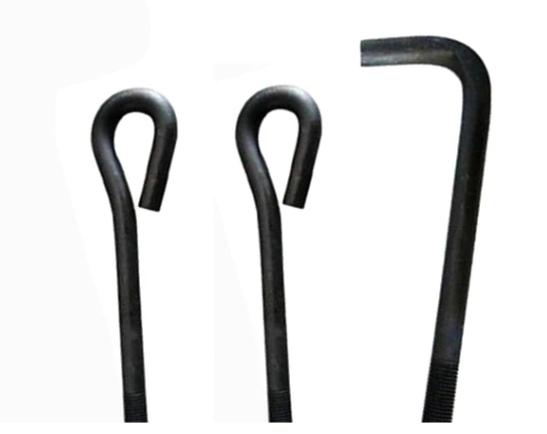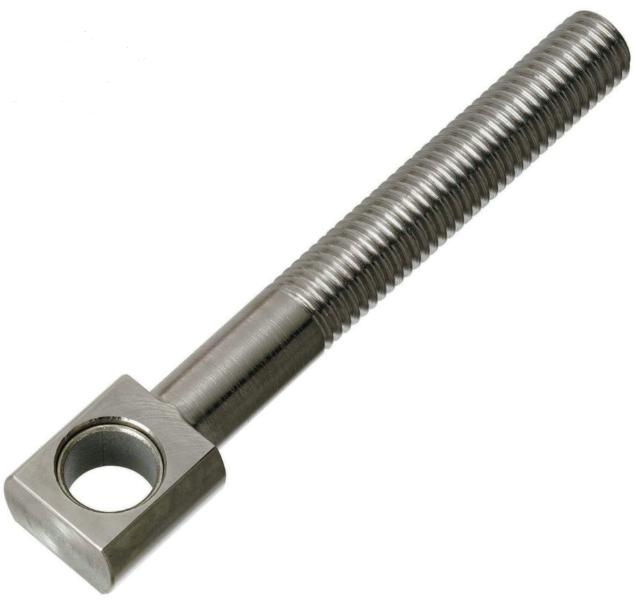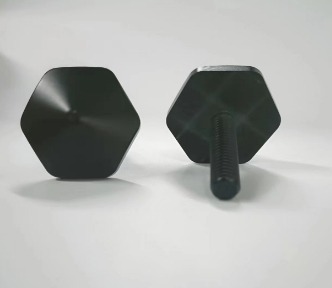How to Measure Shoulder Bolts Accurately?
Shoulder bolts, also known as shoulder screws, are specialist fasteners distinguished by their distinct design that mixes threaded and unthreaded parts. This type of bolt is frequently employed in applications requiring precise alignment, regulated spacing, and rotary movement. Whether you need to replace an existing shoulder bolt or choose the best one for a certain task, understanding how to measure shoulder bolts accurately is essential. This article will provide you with a comprehensive step-by-step guide to measure the shoulder bolts, ensuring you get the right type of bolts for your requirements.
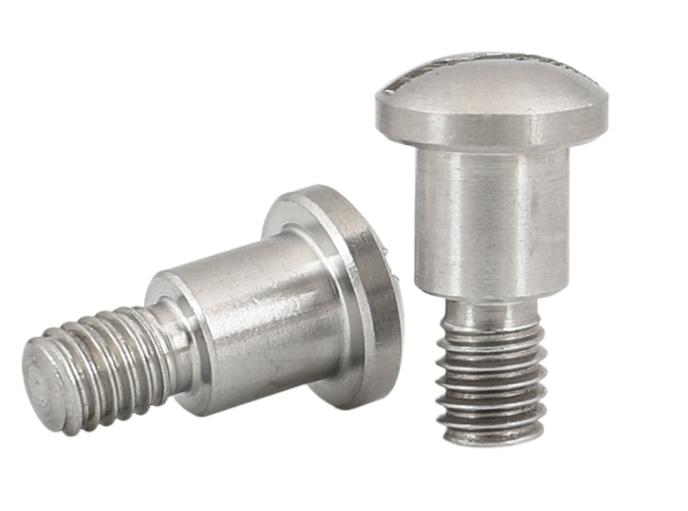
Step 1: Determine the Type of Shoulder Bolts
Before measuring a shoulder bolt, identify the specific type you’re working with. Shoulder bolts can be categorized into two main types.
Plain Shoulder Bolt
Between the head and the threaded shaft lies a smooth, unthreaded shoulder piece.
Threaded Shoulder Bolt
The shoulder component of this type has threads, allowing it to function as both a bolt and a spacer.
Identifying Shoulder Bolts
- Head Type: Shoulder bolts often have a distinguishing head, such as a socket head cap or slotted head, which makes tightening or measuring with certain equipment easier.
- Unthreaded Shoulder: The unthreaded area between the head and the threaded shaft is one of the distinguishing features of shoulder bolts. This part provides a smooth, accurate surface against which other components can bear.
- Threaded Shaft: From the unthreaded shoulder to the tip, the threaded section of the bolt extends. This threaded piece provides a secure connection to other components.
- Functionality: Shoulder bolts are frequently employed as pivot points, spacers, or precise bearings, where their distinct design controls spacing and rotational movement.
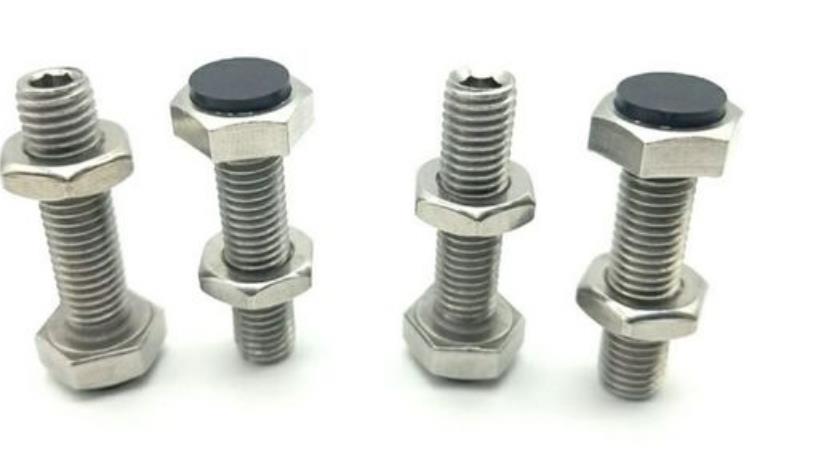
Step 2: Measure the Shoulder Length of Shoulder Bolts
The unthreaded part between the head and the threaded shaft is referred to as the shoulder length.
- Place the shoulder bolt on a flat surface to correctly measure the shoulder length.
- Use a caliper or a ruler to measure from the underside of the head to the beginning of the threaded section.
Step 3: Measure the Thread Length of Shoulder Bolts
The threaded length is the length of the bolt from the shoulder to the tip that possesses threads. To determine the threaded length, do the following:
- Align the threaded part of the bolt with the caliper or ruler.
- Measure from the end of the shoulder to the thread tip.
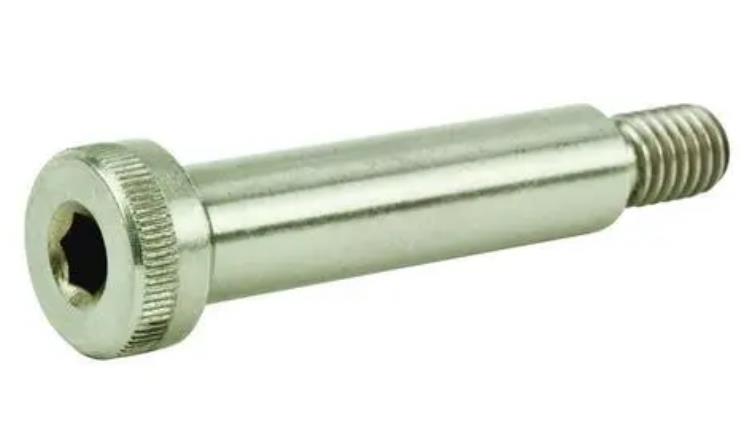
Step 4: Measure the Thread Diameter of Shoulder Bolts
The thread diameter is critical in ensuring that the bolt fits properly into the threaded hole. To determine the thread diameter, follow these steps:
- Set the shoulder bolt down on a flat surface.
- Measure the diameter of the threaded portion with a caliper. Make sure to measure across the threads’ widest point.
Step 5: Measure the Thread Pitch of Shoulder Bolts
Thread pitch specifies the spacing between threads and is required for compatibility with other threaded components. To determine the thread pitch, follow these steps:
- Count the threads in a one-inch segment.
- To calculate the thread pitch, divide the total number of threads by the length of the measured section.
Step 6: Determine the Head Style of Shoulder Bolts
Shoulder bolts are available with a variety of head styles, including hex socket, slotted, Phillips, and others. The head style must be identified in order to be compatible with the right tool for measuring, tightening, and loosening a shoulder bolt.
1. Hex Socket Head
One of the most common head designs for shoulder bolts is the hex socket head. It has a recessed hexagonal socket and is secured with an Allen wrench or hex key. After installation, this type has a flush look, making it excellent for applications requiring a tidy and inconspicuous finish.
2. Slotted Head
Shoulder bolts or screws with slotted heads are distinguished by a single linear slot across the top. This design accommodates a flathead screwdriver for tightening and loosening. Slotted head shoulder bolts are classic and straightforward, but they may not provide the same torque as other head styles.
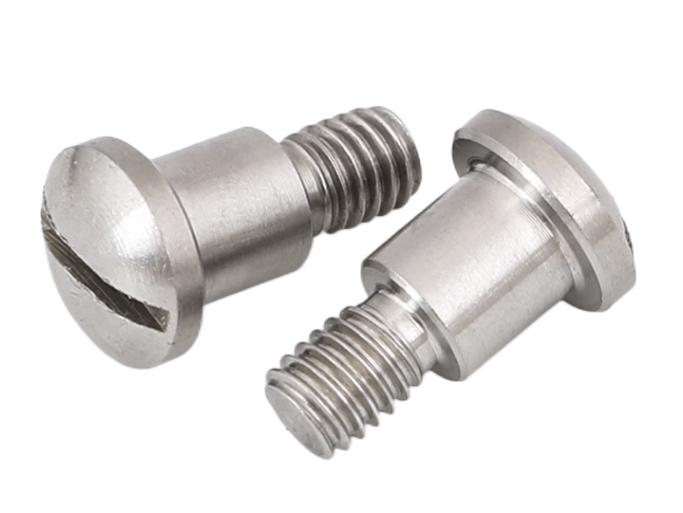
3. Phillips Head
Shoulder bolts with Phillips heads, like slotted heads, have a cross-shaped depression. A Phillips screwdriver can be used to tighten or loosen them. Phillips heads, while extensively used, may have torque transmission limits.
4. Torx Head (Star Head)
The Torx head has a star-shaped design and corresponds to a Torx driver. This design improves torque transfer, lowering the risk of cam-out (the driver slipping out of the head) and fastener damage.
5. Allen Head
The Allen head, sometimes known as a hex key head, is identical to the hex socket head but lacks the recessed socket. Instead, tightening or loosening needs the use of an external hex key. This type is typically employed when a flush finish is sought and the head must stay outside the assembly.
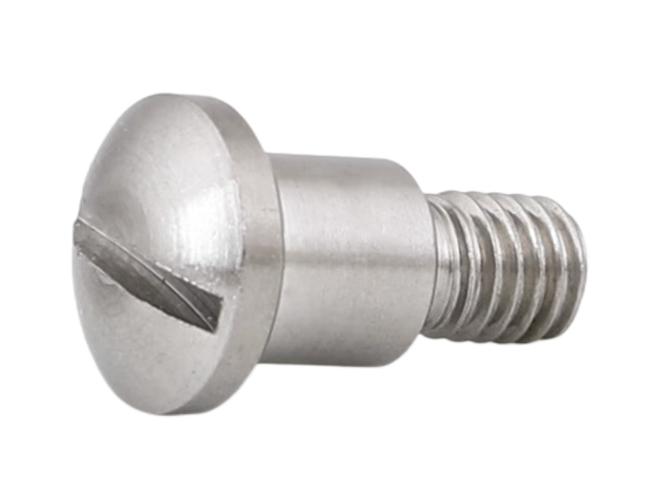
Conclusion
Accurate shoulder bolt measurement is critical to ensuring good fit and performance in a variety of applications. By following these procedures, you can reliably pick or replace shoulder bolts that meet the needs of your project.

